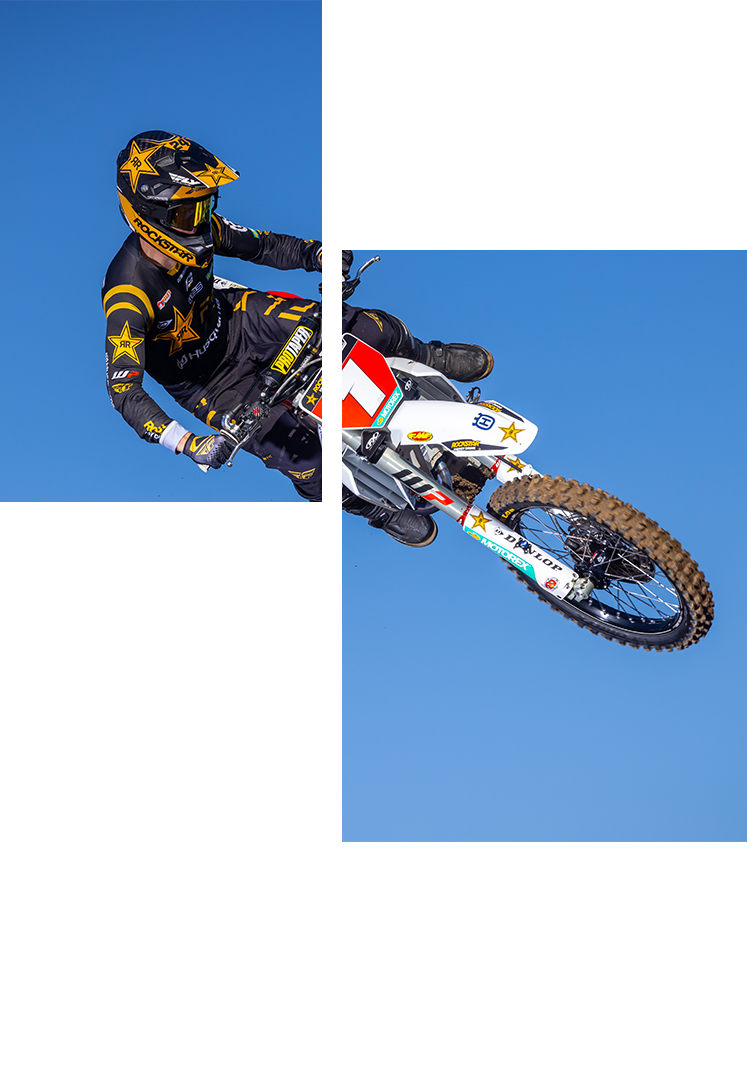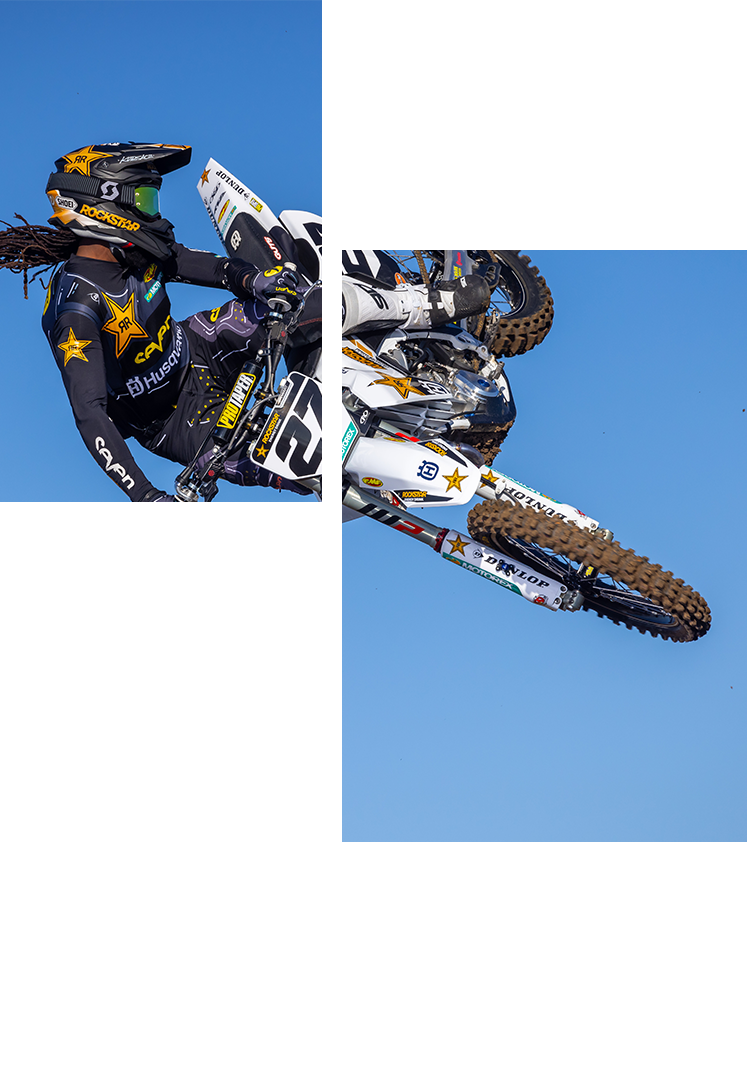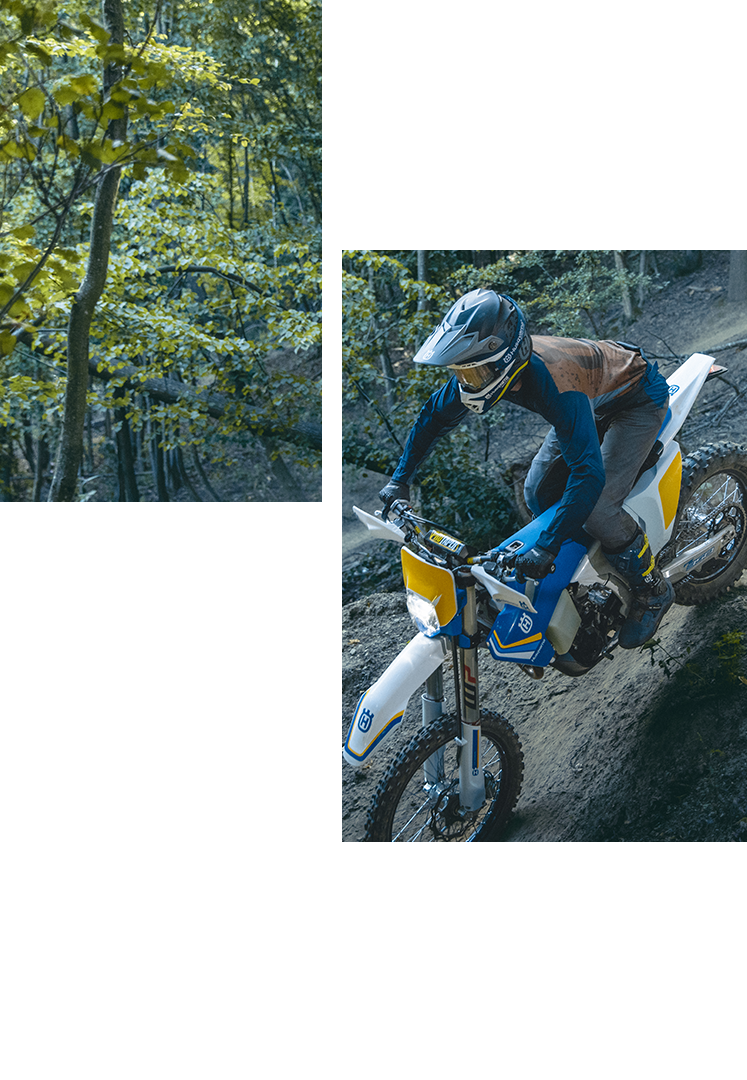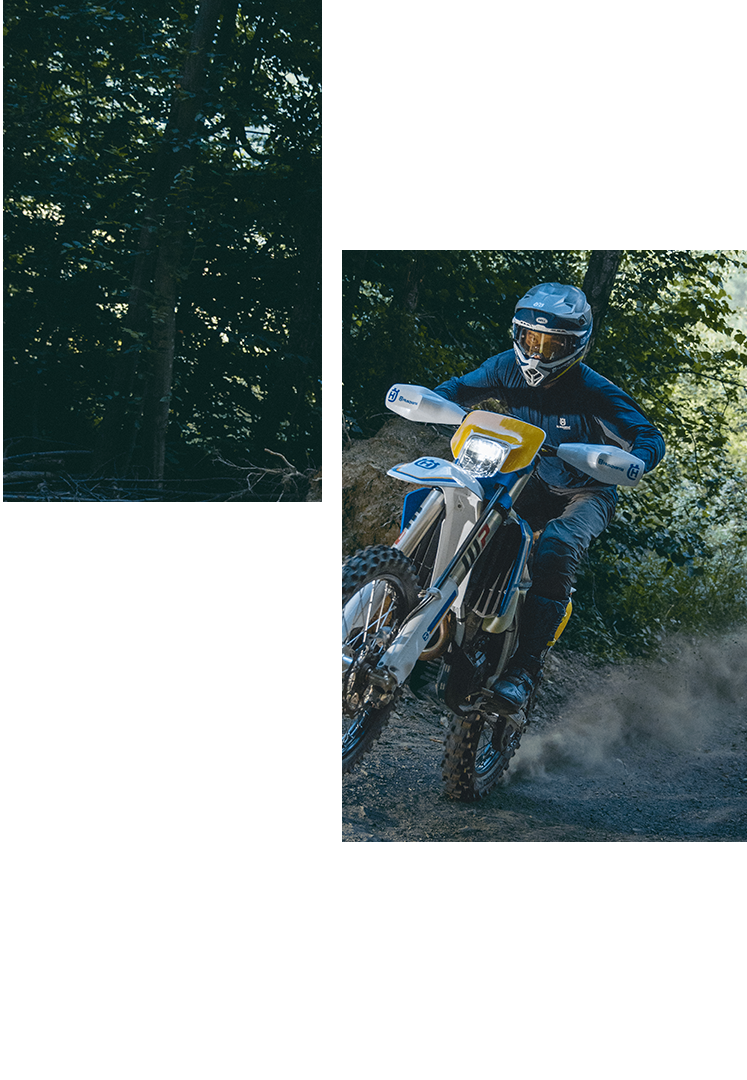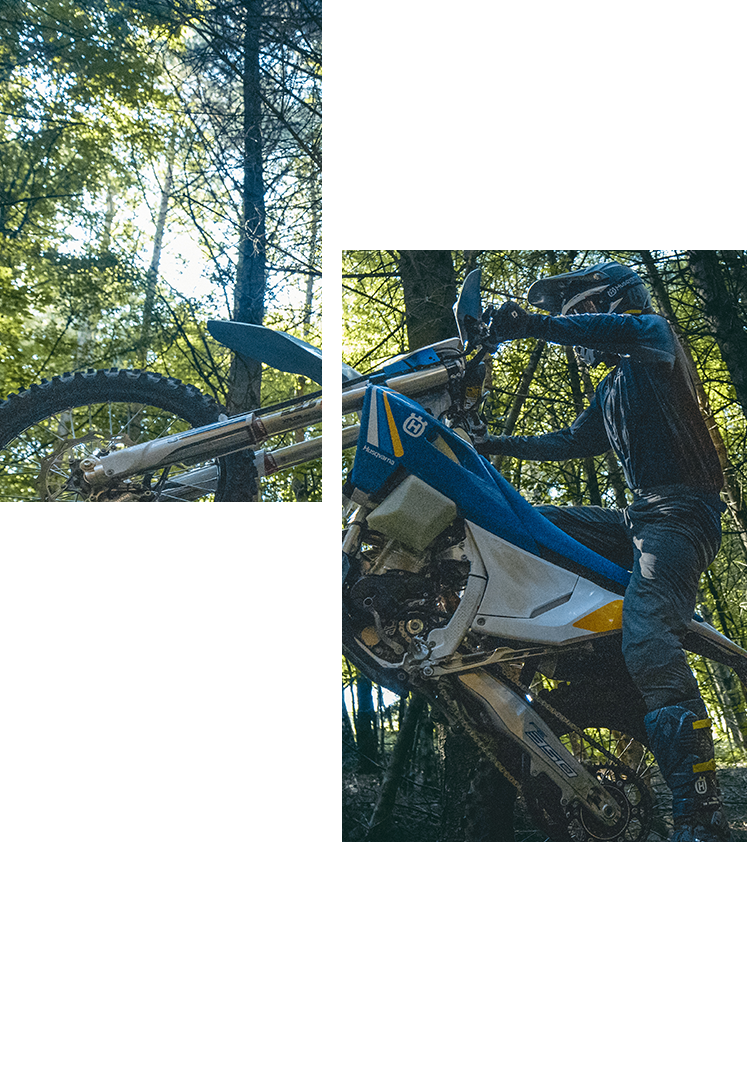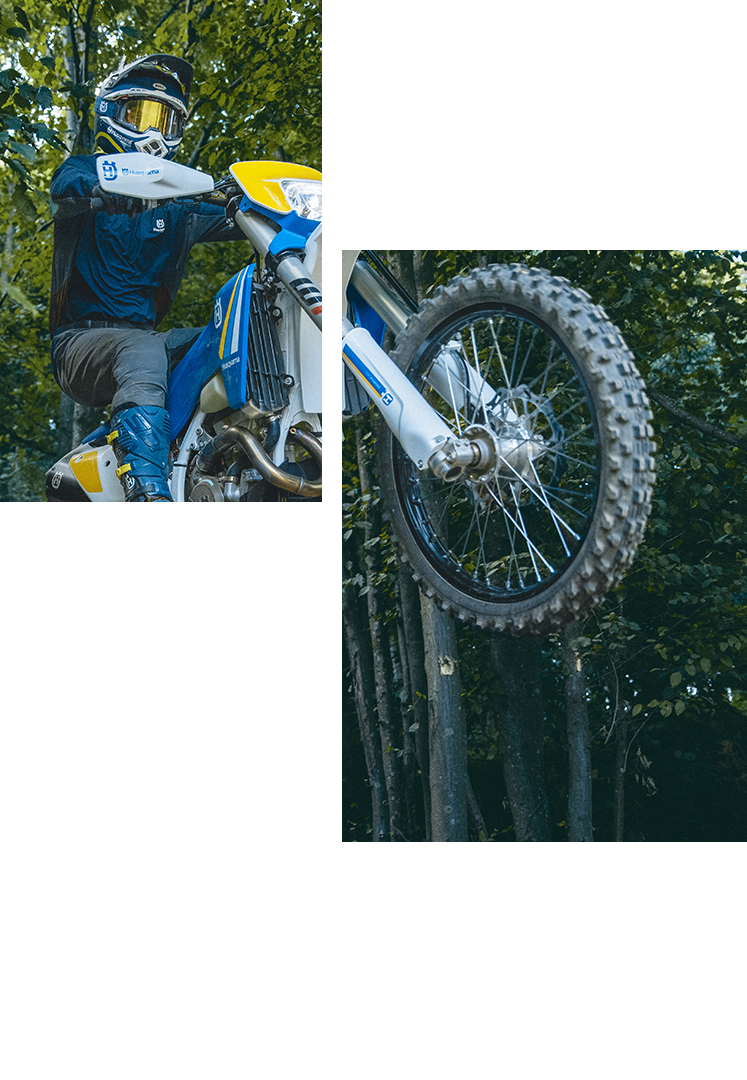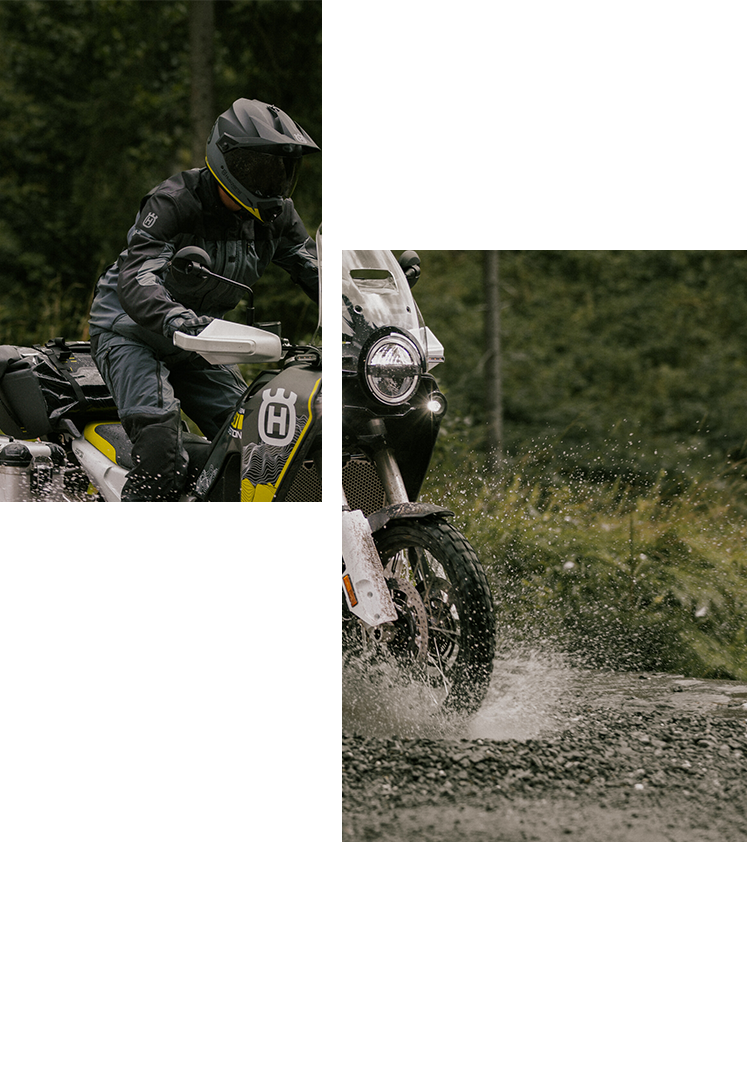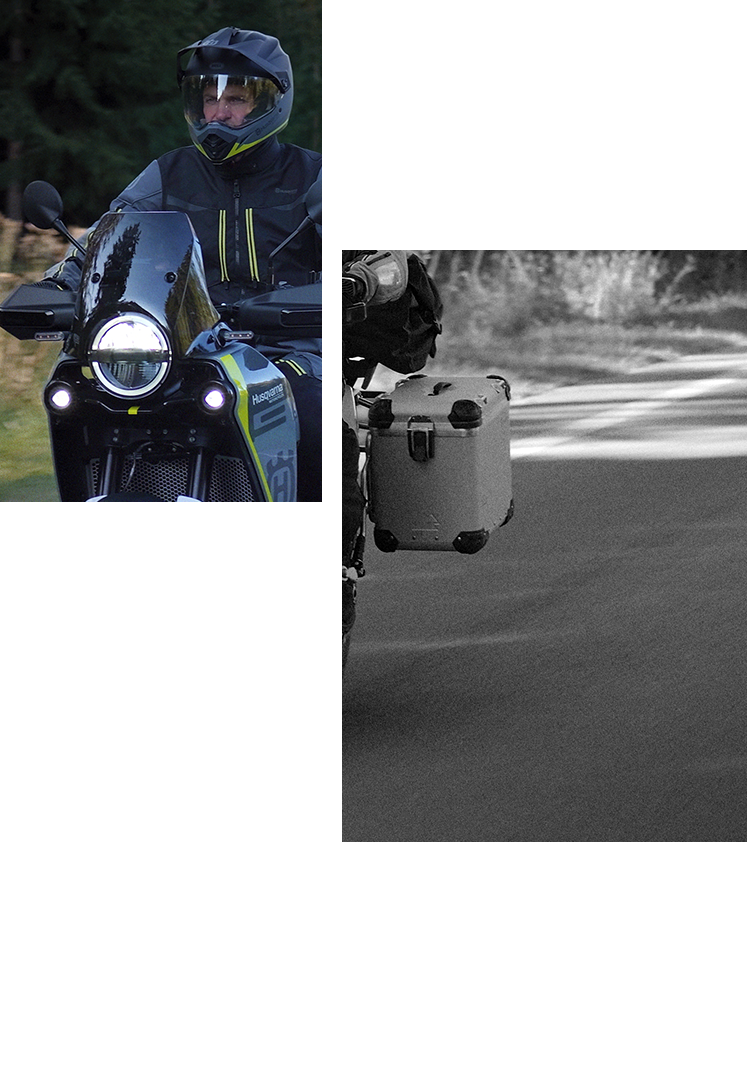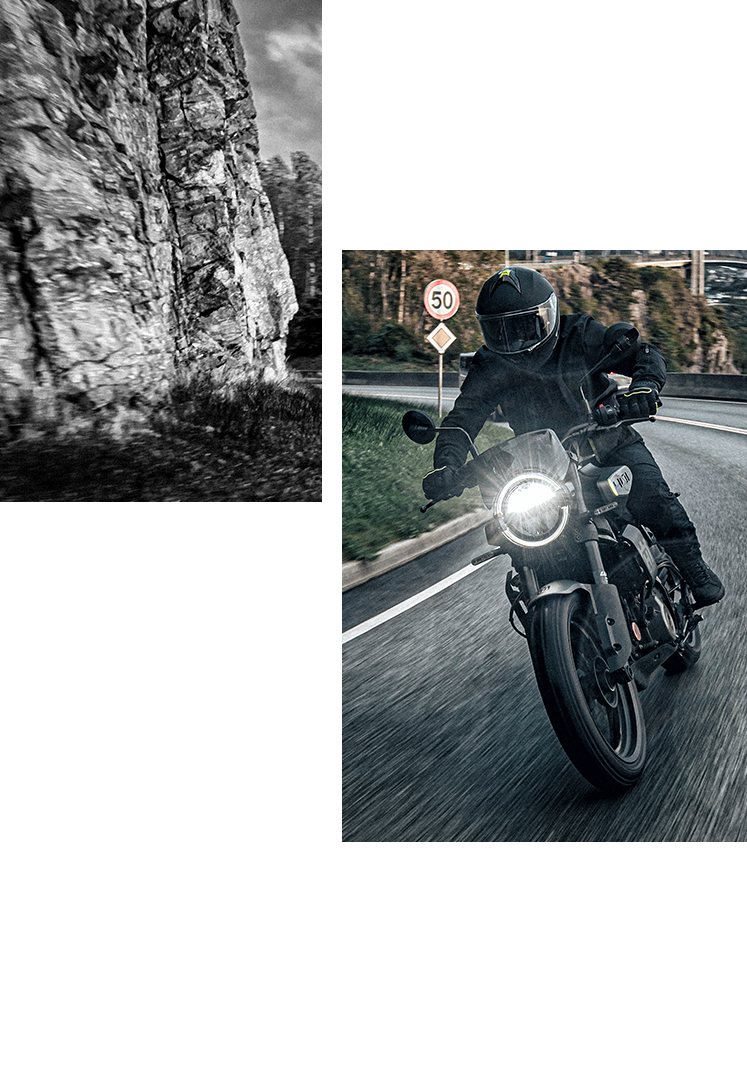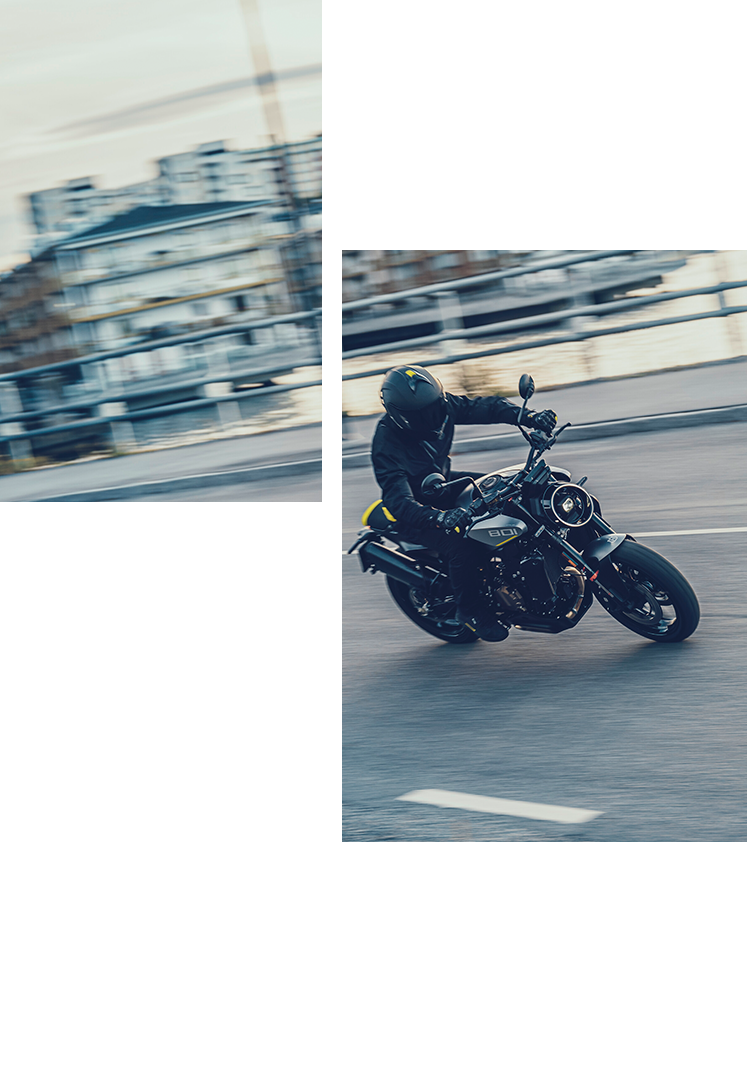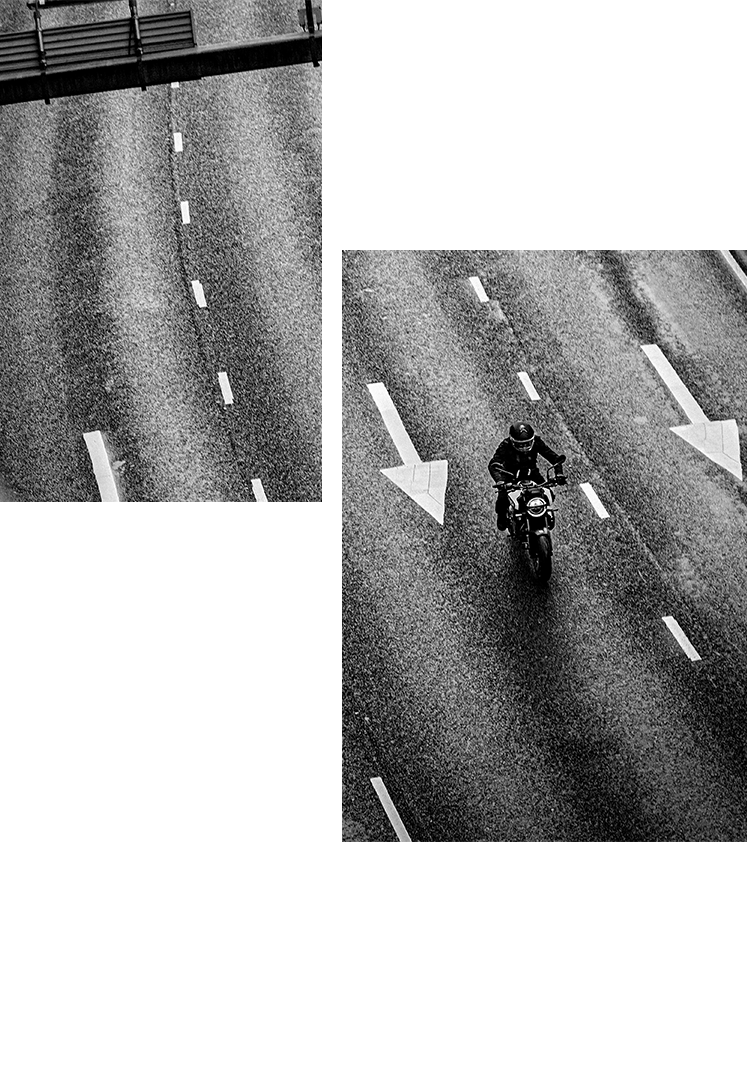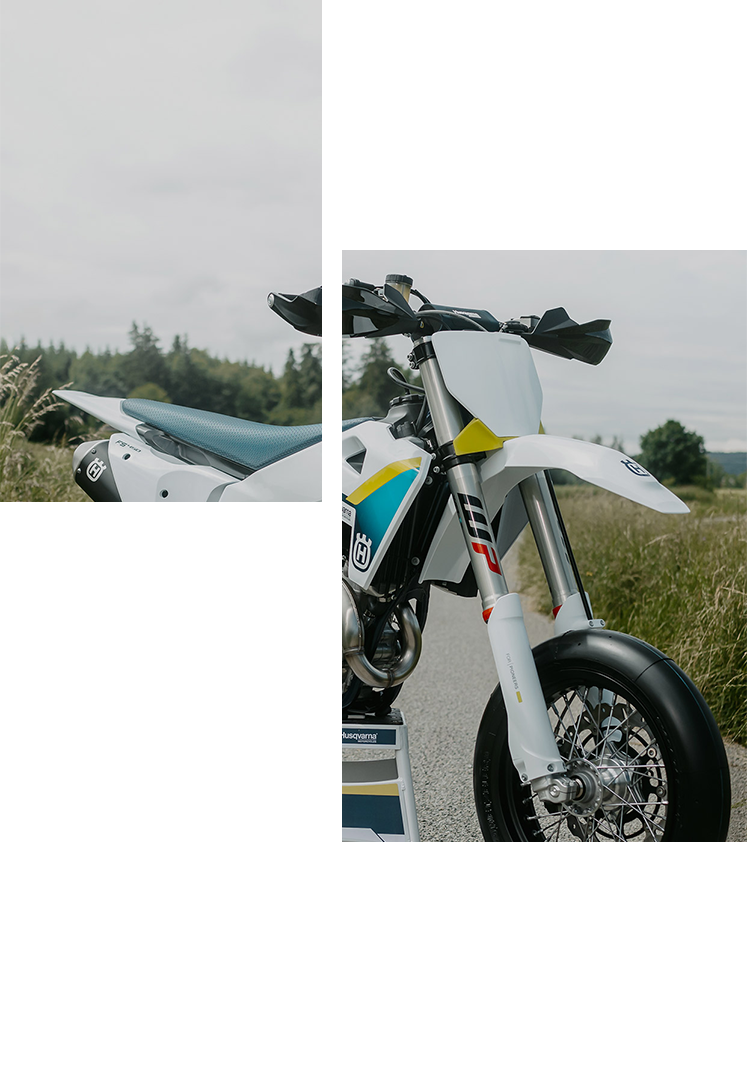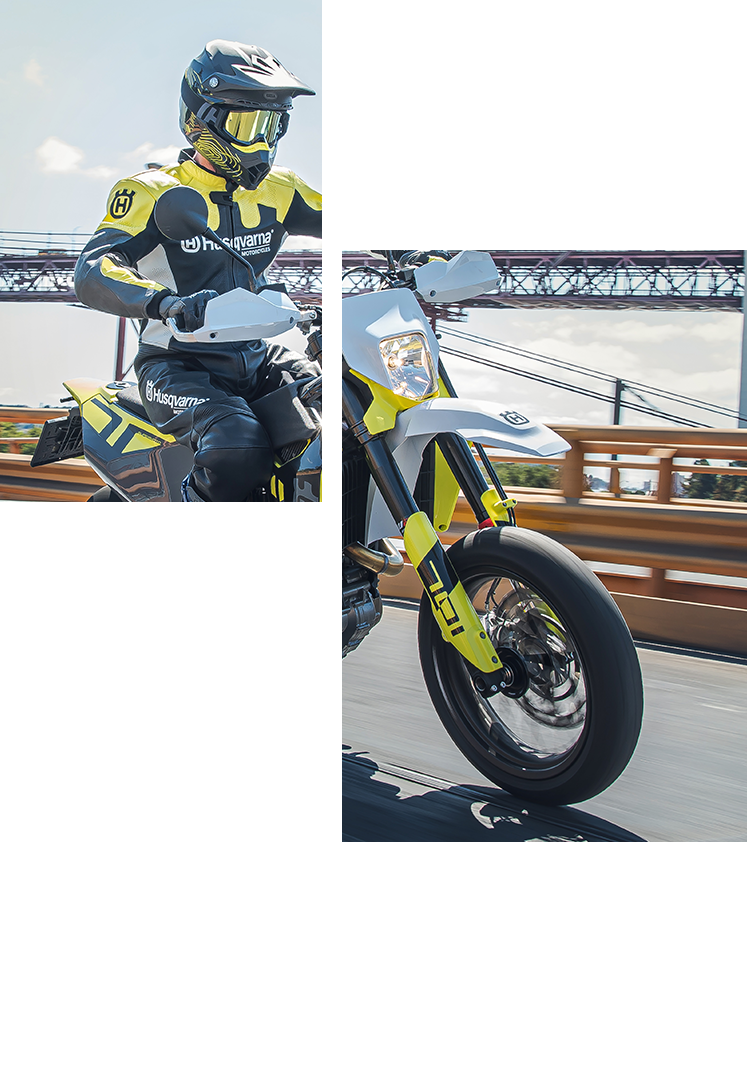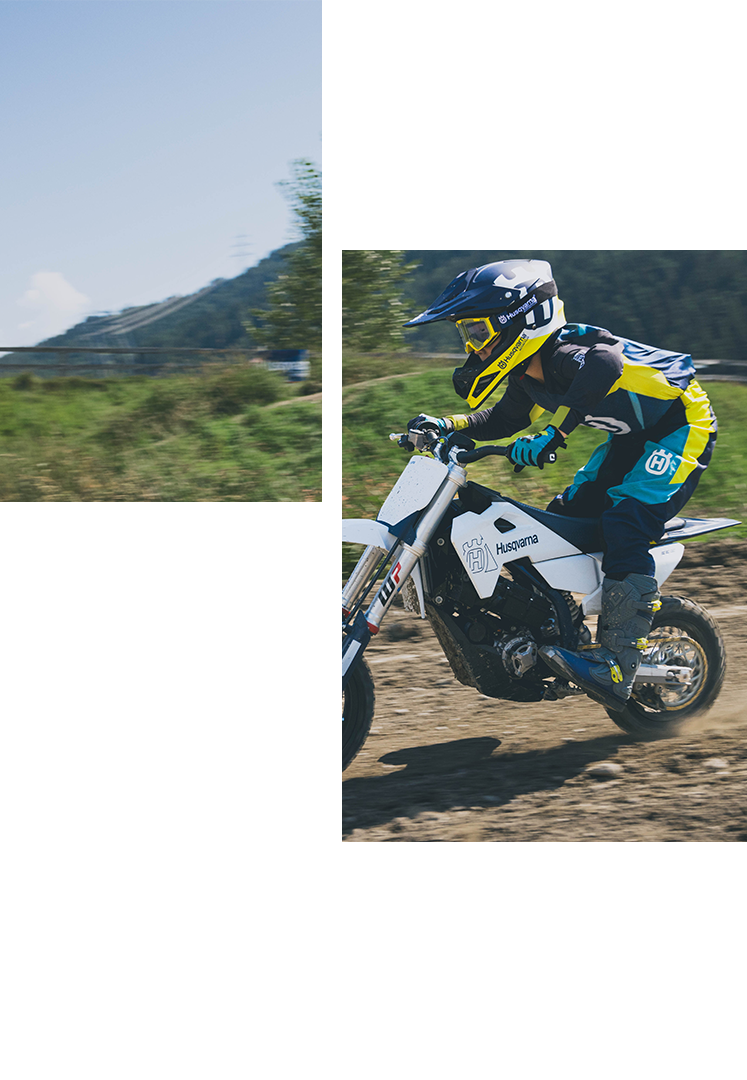Several historic documents reveal that Husqvarna made their first sidecar vehicles as early as in 1914. The factory engineers used two models for the inauguration of the concept. As options, both the 70A- as well as the 75A-models were fitted with the ”Standard” and ”London” versions of the newly developed rigg, costing respectively 300 and 400 Swedish kronor.
The 496cc 70A was produced in approx. 40 units during two years, but it is unknown how many of these units were fitted with a sidecar. The 75A was sold for three years and here were certainly many more sidecar vehicles made.
Some time after New Year in 1917, engineer & constructor Gustav Göthe was hired by Husqvarna. In a virgin magazine interview, Göthe stated: My first task was to develop solo- and sidecar units, he said, we were now ready to give up our dependency from abroad and produce an all-Swedish product. Due to new circumstances, we were forced changing our concept by only manufacturing solo machines that instead could be fitted with sidecars - easier and cost-effective.




